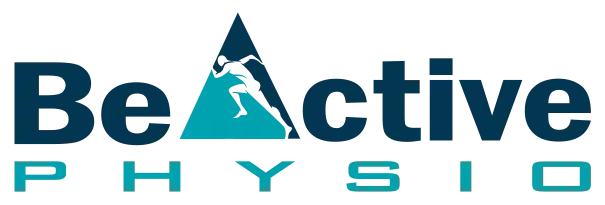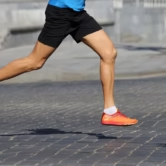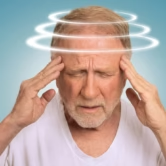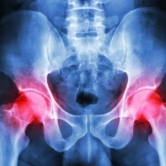Dealing With Morning Achiness? Find Relief with Physiotherapy
Say Goodbye to Achy and Painful Mornings with Physiotherapy! Are you suffering from aches and pains in the morning? Unfortunately, millions of people experience sore muscles and stiff joints in the morning. There could be a variety of reasons for this, with the severity of pain ranging from mild to…





